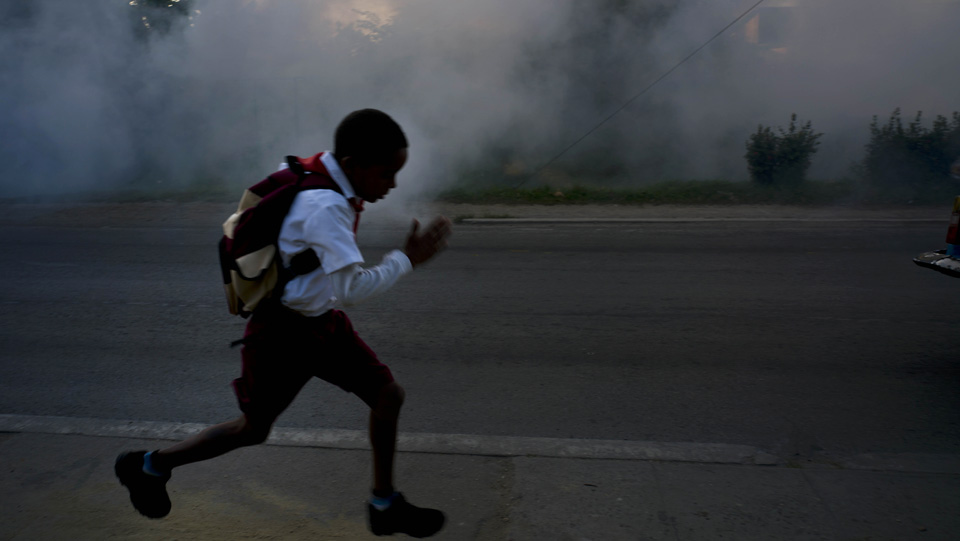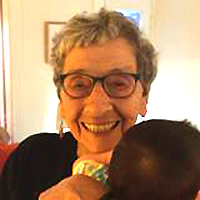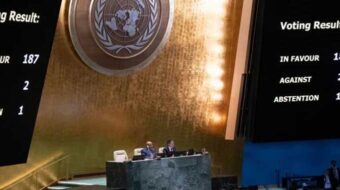
Top U.S. and Cuban Science academies held a joint symposium in Havana, Aug. 14-17. While President Trump takes actions to reverse President Obama’s normalization of U.S.-Cuba relations, scientists of the two countries are moving closer together.
Leading the U.S. scientists was Rush Holt, president of the American Association for the Advancement of Science (AAAS). Peter Agre, a Nobel Laureate and past AAAS president, also attended.
Agre modestly said of his induction into the Cuban Academy of Science that it “is not something that has to do with one person.” In Science magazine in September, he credited Cuban scientists with developing the world’s best type B meningococcal vaccine, cancer vaccines, and a medicine that effectively heals diabetic foot ulcers.
“It’s about scientific organizations, in the United States and Cuba, that are working together and can accomplish many things that could not otherwise be achieved.”
The symposium is the latest chapter in a more-than-century-long story of collaboration by scientists in the two countries.
Walter Reed, sent by the U.S. Army to Cuba to study yellow fever during the Spanish-American War, is credited in the U.S. with the discovery of the Aedes aegypti mosquito as the vector that transmits yellow fever. Reed himself always credited a Cuban, Carlos Findlay, with the discovery. The important work that Reed did was to confirm Findlay’s theory. As a result of the work done by Reed and Findlay, it now possible to wipe out yellow fever.
New methods of controlling mosquito populations are urgently needed because mosquitos are also carriers of Zika fever, dengue, and chikunguya. The symposium discussed a bacterium, Wolbachia, that can stop these viruses from growing inside mosquitos. Tests are producing promising results in the use of Wolbachia in fighting these diseases. New insecticides and vaccines are also needed and Cuba’s long-term data on mosquito populations could be very helpful in development of new approaches.
Holt encouraged even closer collaboration, saying, “Yes, we are interested in the research per se, but we are also interested in seeking international collaboration because that is one of the conditions that is necessary for science to thrive.”












Comments